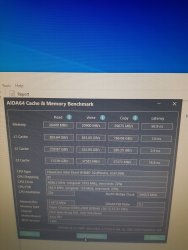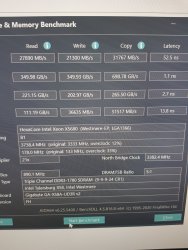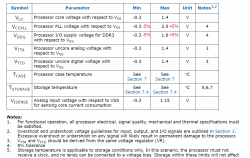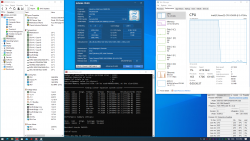- Joined
- May 8, 2016
- Messages
- 2,077 (0.62/day)
| System Name | BOX |
|---|---|
| Processor | Core i7 6950X @ 4,26GHz (1,28V) |
| Motherboard | X99 SOC Champion (BIOS F23c + bifurcation mod) |
| Cooling | Thermalright Venomous-X + 2x Delta 38mm PWM (Push-Pull) |
| Memory | Patriot Viper Steel 4000MHz CL16 4x8GB (@3240MHz CL12.12.12.24 CR2T @ 1,48V) |
| Video Card(s) | Titan V (~1650MHz @ 0.77V, HBM2 1GHz, Forced P2 state [OFF]) |
| Storage | WD SN850X 2TB + Samsung EVO 2TB (SATA) + Seagate Exos X20 20TB (4Kn mode) |
| Display(s) | LG 27GP950-B |
| Case | Fractal Design Meshify 2 XL |
| Audio Device(s) | Motu M4 (audio interface) + ATH-A900Z + Behringer C-1 |
| Power Supply | Seasonic X-760 (760W) |
| Mouse | Logitech RX-250 |
| Keyboard | HP KB-9970 |
| Software | Windows 10 Pro x64 |
It's meant to be hard to NOT be within 0.5V range.That's unconfirmed rumor that some people spread. Makes absolutely no sense. It's hard not to be in 0.5v range.
You are meant to use CPUs, not kill/damage them on first boot lol.
Otherwise, why would Intel put a 1,65V warning, and how at the same time 1,8V+ DDR3 memory voltage could ever work (without killing CPU's IMC on the spot or within minutes) ?
Last edited:












